
Ditch everything you thought you knew about online shopping, prices, and international trade. One 125% tariff on Chinese imports upended the retail world, laying waste to shelves, warping algorithms, and reviving trends that were relevant when your grandmother was sewing buttons onto winter coats by hand.
What started as a political gimmick has turned into a strange economic-social experiment. Some of these trends feel like progress, others like regression, and some are just plain strange.
Whether you’re a deal hunter, an Etsy merchant, or someone who used to sell candles on Facebook Marketplace—here’s how your shopping world is going to improve… and worsen.
1. The Revival of “Victorian-Era Mending Culture” (Better)

As the cost of fast fashion skyrockets, people are starting to dig out sewing kits and elbow-patching via YouTube tutorials. TikTok repair tutorials rack up millions of views, and Gen Z is adopting “visible repair” as a fashion revolt.
Large brands are taking notice, introducing paid repair services with artisanal panache—picture a $200 Gucci darning session.
While a pain to impulse shoppers, this renaissance would reduce textile waste by nearly half in five years. It’s ironic: geopolitical stress leads to sustainability success. Who expected that trade war would bring fashion back to the old sewing cap?
2. Algorithmic Price Jiu-Jitsu (Worse)
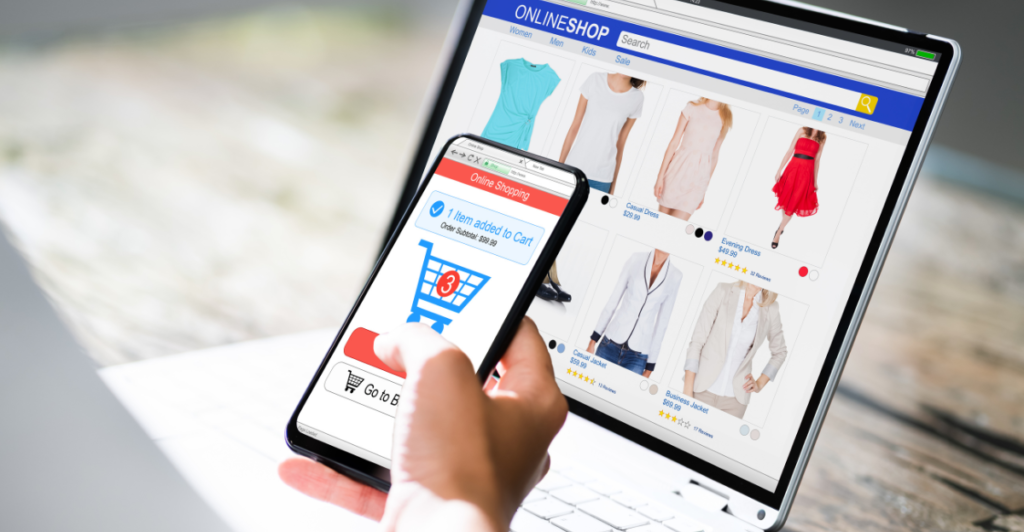
Online shopping is becoming like a psych thriller. The stores now reprice hourly using AI, responding to supply, demand, and yes—tariffs.
A dress costs $17 in the morning, $52 at lunch, and $29.99 after supper. It like gaming—only with your shopping cart. This hour-to-hour whiplash undermines customer confidence and layers decision-making fatigue on top of already-hyperactive consumers.
Consumers begin stockpiling screenshots just for purposes of sparring with support staff. And no, Amazon won’t price-match at 3 am. Sorry.
3. The Great American Quilt Bubble (Better)
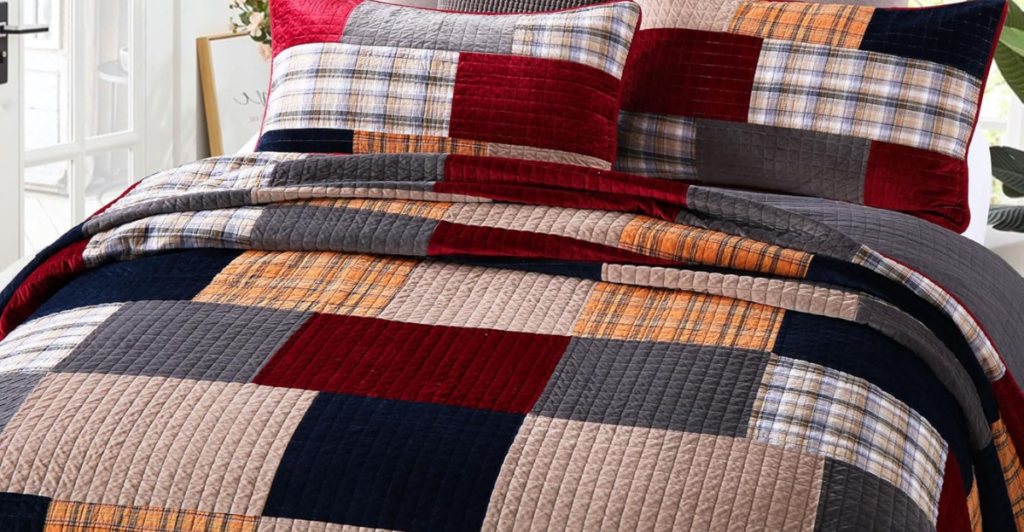
Quilts are the new Bitcoin. No joke. Polyester and fleece, brought in now ridiculously expensive, drive the vintage 1800s cotton quilts through the roof.
Sotheby’s auctions involve Amish barn designs right next to Banksy prints. Hobby Lobby sells calico presold in hours.
For investors fed up with crypto mayhem and housing bubbles, hand-stitched comfort is the surprising safe place. Your grandma’s attic? Instant vault. We are literally living in patchwork times.
4. Phantom Inventory Economies (Worse)

You see it online: the very Bluetooth speaker you’re after, at pre-tariff price. But when you press “Add to Cart,” it’s sold out. In the shop, a more inadequate model is offered at an even higher price.
This “phantom inventory” strategy—offering not-actually-for-sale products to lure you in—is taken straight from the 1970s playbook. It pays off—briefly.
But when customers twig, trust disappears and lawsuits ensue. Consumer forums explode with angry threads titled “BAIT & SWITCHED AT TARGET ????.” You’ve been warned.
5. Tariff Tourism (Better)

Rich shoppers are hopping planes to bypass tariffs altogether. Where? Chinese free ports such as Hainan, where the prices still hover in pre-trade war boom days.
Then they resell goods domestically via Instagram shops and invite-only WhatsApp groups. It’s legal-ish. The suitcase hustles of the elite?
Stuffing your carry-on with tax-free Gucci and flipping it on for profit. It’s not exactly multinational smuggling… but it sounds like it. Welcome to the suitcase economy.
6. The TikTok Barter Rebellion (Worse)
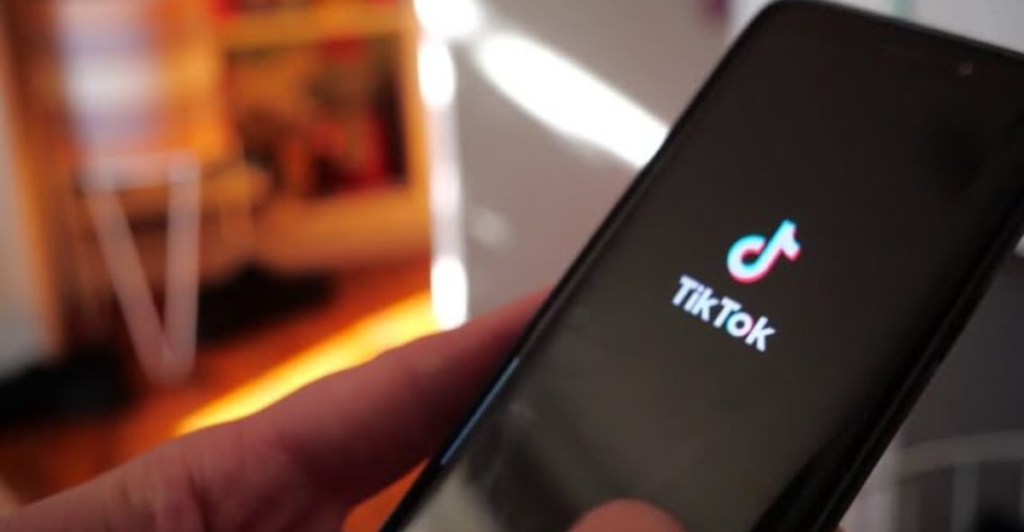
Why pay when you can trade a haircut for a phone charger? Gen Z’s TikTok-powered barter economy is growing fast—with hashtags #SneakerPlumbers and #TradeNotPay becoming daily trends.
On the surface, genius at the community level. Behind it? Anarchy. No legal recourse, no receipts, and $2.3 billion in disputes by 2027. Some trades even get taken to court.
It’s medieval markets meet influencer mentality. Great concept—just maybe keep some cash on hand, just in case.
7. Predictive Tariff Arbitrage (Better)

Hedge funds are partnering with retailers to outwit the system—literally. With AI tracking of government speeches, traders are piling up merchandise ahead of tariffs.
Walmart allegedly has a tariff forecasting computer program that’s accurate 89% of the time. It’s as if Wall Street’s playing chess while the rest of the world is playing Monopoly.
The plus? Prices on certain items plummet unexpectedly as merchandise clogs shelves. The catch? Only the inside people get away with it. Unless you know someone who knows someone, you’re paying full price.
8. Nostalgia Pricing Algorithms (Worse)
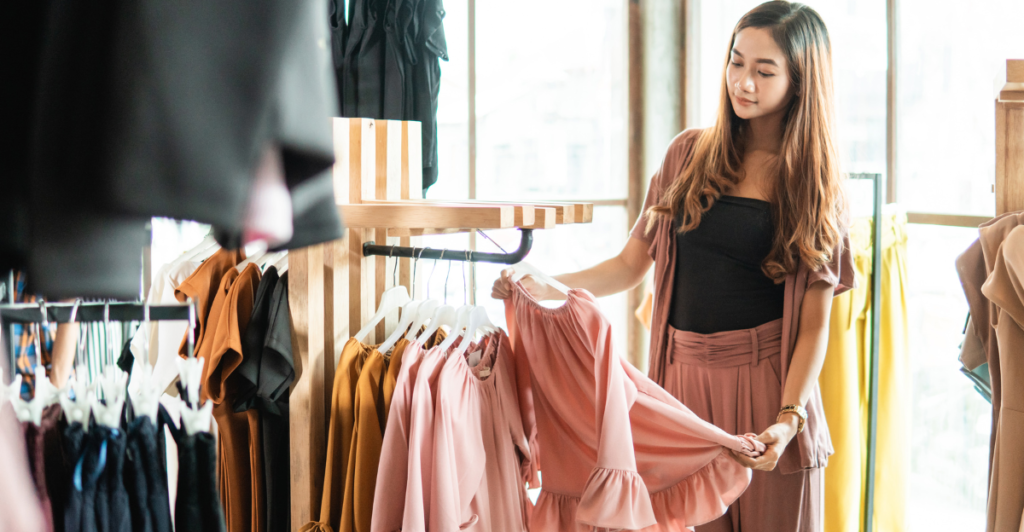
You’re standing here looking at a shirt. It costs $19.99. You think to yourself, “Ah, like in the old days!” However, the identical shirt cost $9.99 last month.
Retailers today price based on what “feels right” using AI in order to cause nostalgia. This vintage-psychology illusion succeeds 68% of the time.
Consumers feel like they’re getting a bargain—until they receive their old receipts. It’s marketing theater at its most discreet.
9. The Methane Economy (Better)
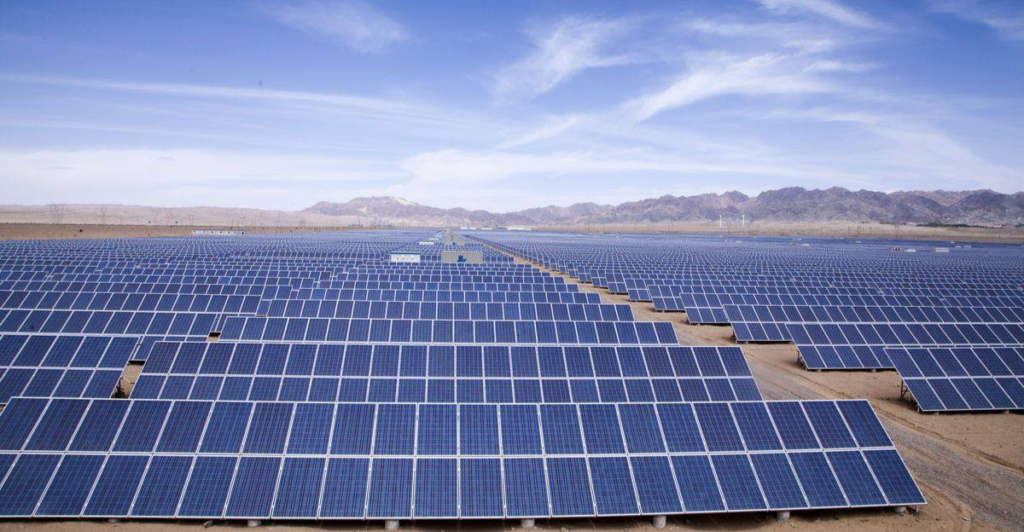
With Chinese solar panels now out of reach, Midwestern farmers are making do. Enter: the biogas buck. By processing hog manure and turning it into emissions-free methane, farmers produce localized crypto tokens—yes, actually—that can be redeemed for groceries, tools, even school supplies.
It’s gross. It’s brilliant. It also saves on emissions by 18% and brings a much-needed jolt to rural economies.
Imagine a blockchain-based co-op, subsidized by pig feces. We don’t have flying cars, but we have green scrip. That’s something.
Discover more DIY hacks and style inspo- Follow us to keep the glow-up coming to your feed!

Love content like this? Tap Follow at the top of the page to stay in the loop with the latest beauty trends, DIY tips, and style inspo. Don’t forget to share your thoughts in the comments — we love hearing from you!